
Sustainable Living: Emerging Trends for 2025
Sustainable living is becoming increasingly important as the world grapples with the challenges of climate change, environmental degradation, and social inequality. As we move into 2025, there are several emerging trends that are expected to shape the sustainable living landscape. Sustainable Living is no longer just a buzzword, but a necessity for individuals, businesses, and governments alike.
Introduction to Sustainable Living
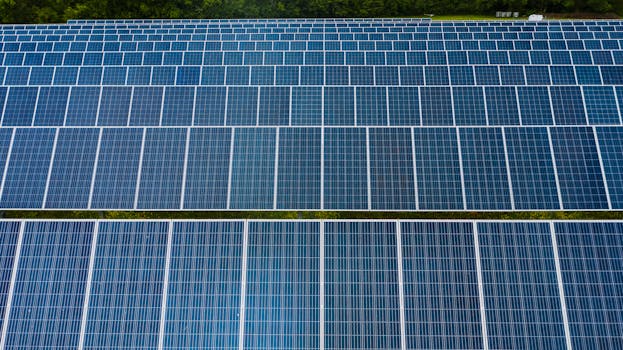
Sustainable living refers to the practice of reducing one’s environmental impact by making conscious choices about the products we use, the energy we consume, and the way we live our lives. It involves adopting eco-friendly habits, using green technologies, and supporting sustainable practices in all aspects of life. From reducing waste and conserving water to using renewable energy and promoting sustainable agriculture, sustainable living is about creating a better future for ourselves and for generations to come.
Emerging Trends in Sustainable Living
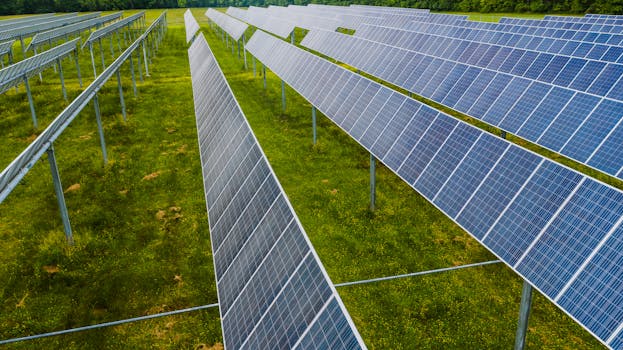
So, what are the emerging trends in sustainable living for 2025? Here are some of the most significant ones:
- Renewable Energy: Renewable energy sources like solar, wind, and hydro power are becoming increasingly cost-competitive with fossil fuels, making them more accessible to individuals and businesses.
- Eco-Friendly Technologies: New technologies like energy-efficient appliances, smart home systems, and green building materials are being developed to reduce energy consumption and waste.
- Sustainable Fashion: The fashion industry is shifting towards sustainable practices, with brands adopting eco-friendly materials, reducing waste, and promoting recycling and upcycling.
- Green Transportation: Electric and hybrid vehicles are becoming more popular, and cities are investing in green transportation infrastructure, such as bike-sharing programs and pedestrian-friendly streets.
- Zero-Waste Living: The zero-waste movement is gaining momentum, with individuals and businesses adopting practices like minimalism, composting, and recycling to reduce waste.
Benefits of Sustainable Living
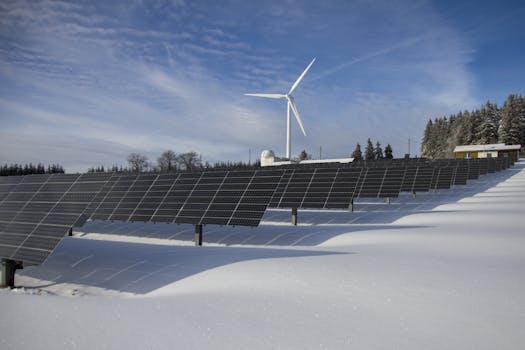
So, why is sustainable living important? The benefits are numerous:
- Environmental Protection: Sustainable living helps reduce greenhouse gas emissions, conserve natural resources, and protect biodiversity.
- Cost Savings: Eco-friendly practices can help individuals and businesses save money on energy, water, and waste management.
- Improved Health: Sustainable living promotes healthy lifestyles, reduces exposure to toxins, and improves mental well-being.
- Social Responsibility: Sustainable living encourages social responsibility, promotes community engagement, and supports fair labor practices.
Conclusion
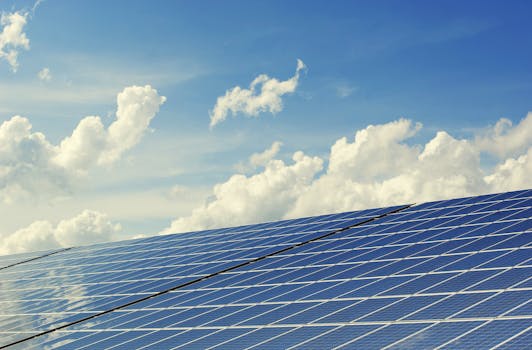
In conclusion, sustainable living is no longer just a trend, but a necessity for creating a better future. As we move into 2025, it’s essential to adopt eco-friendly practices, support sustainable technologies, and promote green lifestyles. By working together, we can create a more environmentally conscious, socially responsible, and economically viable world for generations to come.






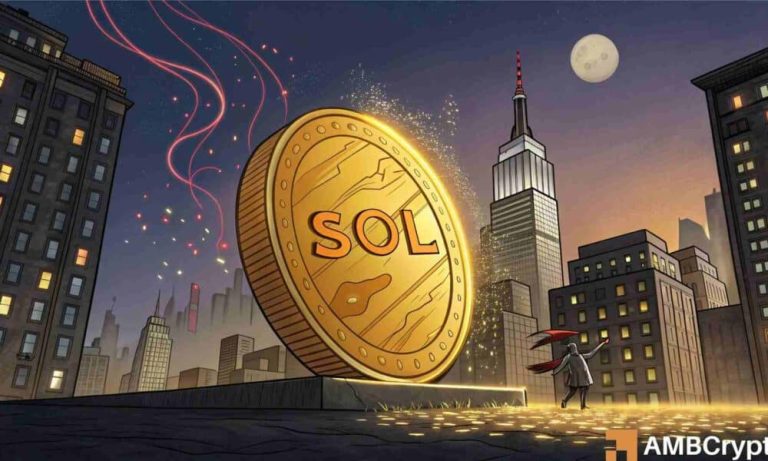
12 thoughts on “Sustainable Living: Emerging Trends for 2025”
Comments are closed.